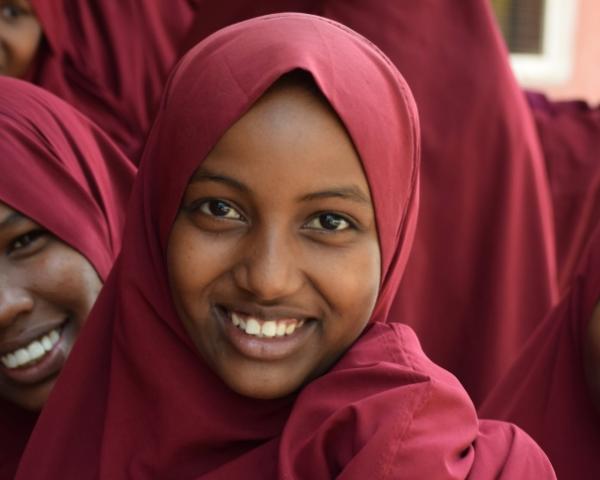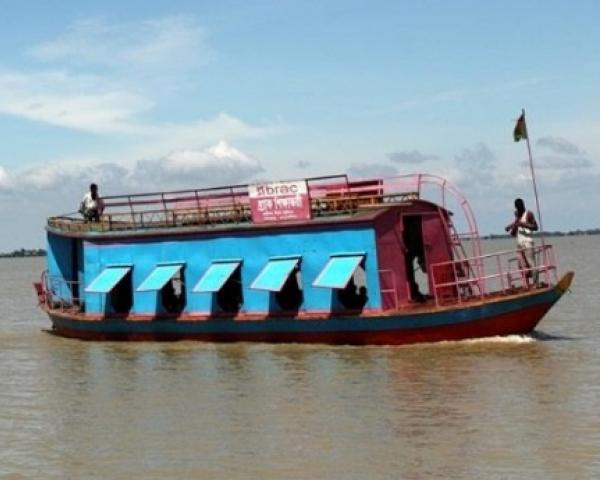Empowering Vulnerable Children with Education (EVE) Project
Project Status
The joint-EAC-World Vision "Empowering Vulnerable Children with Education (EVE)" project, implemented in collaboration with the Ministry of General Education (MoGE) and the Forum for African Women Educationalists of Zambia (FAWEZA) aims to increase retention, access and learning of 7,000 at-risk children in quality primary education, in Namwale district, which is one of the most marginalised districts in Zambia.
The EVE project will target children from vulnerable households who attend primary school and are at high risk of dropping out of school. These are children facing three or more of the following categories of unique disadvantage: i) inability to attend regularly, due to long distances from home to school or a threat of sexual/gender-based violence; ii) disability; iii) overage; iv) orphan; v) learners with chronically ill parents who are too vulnerable to provide for their children; vi) learners from female/child/elderly-headed households who are unable to make ends meet; vii) child labourers; and vii) children in early marriages.
The project will link existing child-protection and education systems to develop an Early Warning System (EWS) to identify at-risk children, determine how the risk factors can be mitigated, take action and monitor the situation. The EWS programme will mobilise Stay in School Committees (SISC) to work collaboratively with the school administration to identify and monitor students at risk of dropping out. In addition to identification and monitoring, the EWS identifies causes of absenteeism and monitors and offers tailored retention responses through action-oriented work plans to combat the incidences of dropout. The project will use readily-available school data and a register to track three predictors to intervene with respect to at-risk learners: i) attendance, ii) behaviour and iii) course performance.
Barriers:
- Poverty/Child labour
- Early marriage/Underage pregnancy
- Orphan status
- Distance to school
- Over-aged status
Solutions:
- Provision of learning materials and bicycles
- Community sensitisation on retention issues
- Construction of WASH facilities
- Psychosocial support to high risk children
- Establish income-generating activities for parents to afford school
“What excites me in life is education.” - Queen, a school learner from Zambia, shares her inspiring story.
In many remote parts of Zambia, the distance to school can be a huge barrier, forcing many children to give up on their education before they even start. But with the support of Education Above All and World Vision children like Queen are overcoming these challenges. By pedalling past obstacles, they are gaining access to quality education and opening doors to a brighter future.











